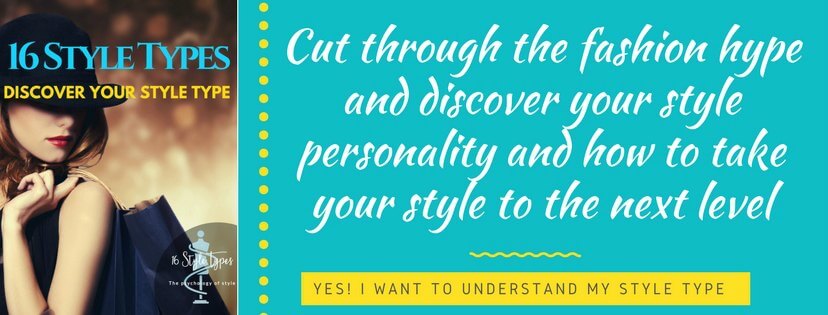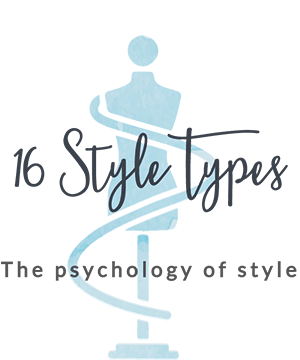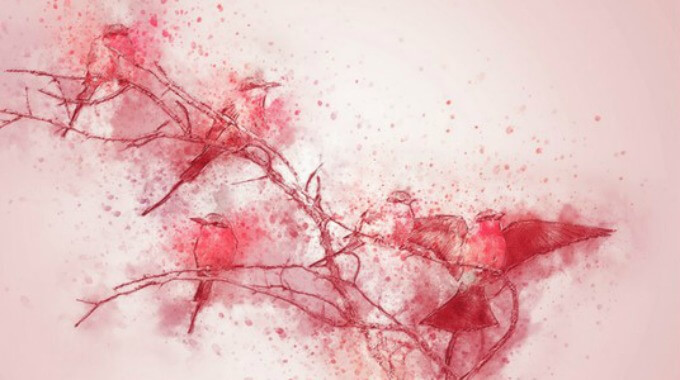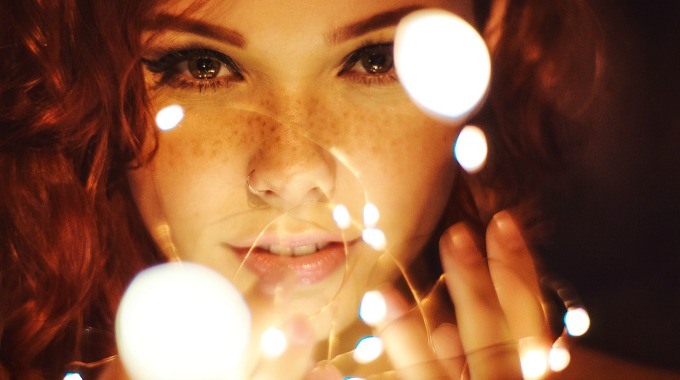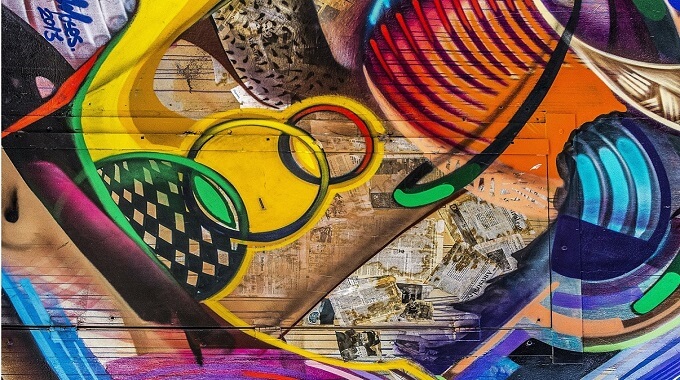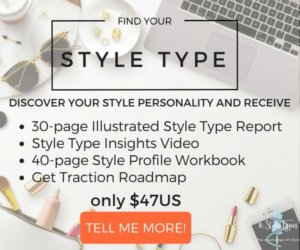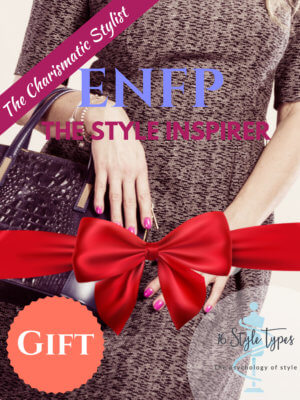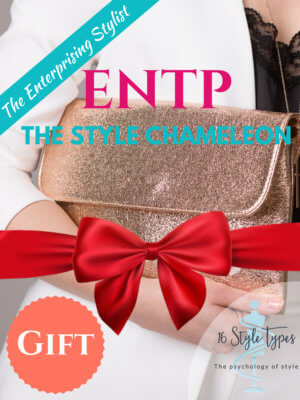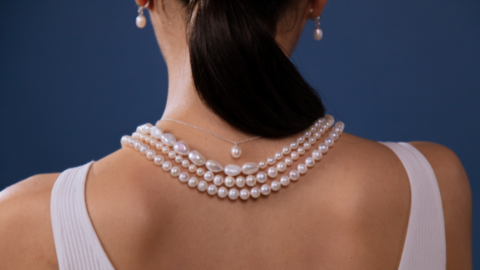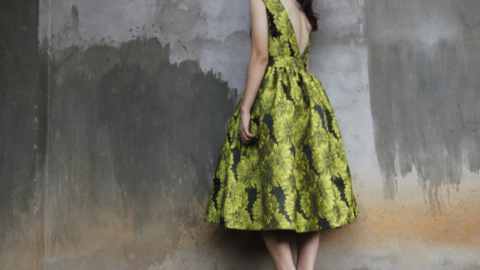Here at 16 Style Types, we’ve had a lot of collective experience in working with people who are different to one another according to the theory of psychological type. We know it can be tricky territory to interact with someone whose way of being, communicating and working are so different to your own. Especially if you are new to this model of personality, it can be like a lightbulb being turned on to realize that the differences you are bumping up against are legitimate – that the other person (the one who’s so very different to you) isn’t deliberately trying make your life a living misery – they are just being themselves.
Just like you are just being yourself.
This is also where issues of self-awareness can come into the picture. If we have no basis for understanding how someone is legitimately different to us, we can mistakenly believe they are being difficult or obtuse or annoying.
Only in bad soap opera’s do other people spend their life’s precious time and energy cooking up schemes to ruin another person’s life. In real life, people just get on with their life, being themselves – and are often oblivious to how they are impacting on other people.
And this is where an understanding of legitimate differences in how people innately are, their psychological make up or DNA, is so helpful. It gives us a model for understanding these valid differences, these natural ways of being. It then gives us a language and vocabulary for speaking with others who are different to us, and it gives us a foundation of trust and respect that we can enter into interactions with. It gives us a healthy way of relating to others, especially those whose natural ways of being are so very different to our own.
In this video, Jill and Imogen talk about how to work with and understand people whose perception preferences differ – Sensing (or “S” for short) vs Intuition (or “N” for short). This an interesting conversation in any event, made equally more so by the preferences they each have – Jill preferring Sensing and Imogen preferring iNtuition.
Watch The Video
Sensing and iNtuition are Perception Functions
Sensing and iNtuition are all about how we take in information, and are referred to as the perception functions (yes the same P that shows up in the final spot of half the Style Type four-letter codes). In the words of CG Jung, the author of Psychological Types:
“Sensation and Intuition…are perceptive functions. They make us aware of what is happening, but do not interpret or evaluate it.”
Sensing and iNtuition are equal but opposite ways of acquiring trusted information.
People who prefer iNtuition
People who prefer iNtuition start with the big picture – they have an inner vision or see possibilities, and they work down toward the details… although they rarely get down to the granular level of detail that Sensing people operate at. iNtuitives can drill down toward the detail but it’s often on the theoretical concepts rather than on the facts and specifics, and they may miss a number of the details at hand.
People who prefer N can sometimes experience their opposite, people who prefer S, in a range of less-than-positive ways, especially if they do not understand legitimate differences, are under pressure or stress, or believe their own way of being is the only way of being. N’s can accuse S’s of: lacking imagination, getting bogged down in detail, not being ‘strategic’, being ‘derivative’ or uncreative, not being innovative, being too pedestrian (not visionary enough).
People who prefer Sensing
People who prefer Sensing start with the details – they see the practical tangibles around them as facts, and they work up toward the big picture… although they rarely get up to the same big picture that iNtuitive people operate at. Sensors can work up to the big vision but it’s by building on – layering and stacking – the facts, and may not grasp all aspects of the big picture and its vibe.
People who prefer S can experience their opposite, people who prefer N, in negative ways, especially if they do not understand and appreciate legitimate differences, are stressed or under particular pressure, or believe their own way of being is the only, or best, way of being. S’s can accuse N’s of: being unrealistic, having their head in the clouds, being too theoretical, not having their feet on the ground, being confusing, bringing unnecessary complexity.
And the beautiful space in the middle
Sensing and iNtuition are beautiful compliments, each starting with and bringing a unique way of looking at things and of drawing in trusted information. And when there is understanding and respect for these legitimate differences each bring, the synergies that can be created are magnificent. The landscape they share is often very large.
When there is little understanding of how each of these ways of perceiving are different, and how they are each valid, there can be distrust, frustration, anxiety, stress and disrespect. The work, whatever it is, can suffer.
Communication is key to making the relationship work between S’s and N’s: test assumptions, ask questions, listen without judgment (hear what’s really being said – not what you hope is being said), and operate on a foundation of trust – that the other person’s intentions are positive and that you both have the best interests of whatever project you are working on at heart. Together you can make beautiful music!
A fun way to look at the differences in how we look
Look at the image below. What do you see? Before you read the differences (below the image), jot down or bring to mind what it is you see when you look at this image:

People who prefer Sensing will describe what they see in very different terms to people who prefer iNtuition.
Sensing people will often start their descriptions by describing the obvious facts and use tangible language. They will describe what is clearly visible to their naked eye, describing shapes and colors, identifying known things (“facts”) and quantities, perhaps the dimensions of the image, they may describe how elements in the image relate to one another describing measurements, distances and angles.
iNtuitive people will often start their descriptions by using suggestive language and describe what the image might mean and what it evokes. They may be struck by the symbolism they see and the impressions the image suggests. They may see things that are literally invisible – except to them – such as broad connections, abstract patterns and possible meanings.
In Jill‘s corporate workshops on leadership and self-mastery, this is one of the exercises she employs to explore differences in perception. Psychological type does not predict behavior but it can very accurately predict patterns around certain functions.
In Jill’s workshops, invariably those with a preference for Sensing see things very differently to their iNtuitive colleagues, and this is a catalyst for wonderful and illuminating conversation about how we can work with those who are so different to us, and how a preference for one way of taking in trusted information is not superior or better than the other.
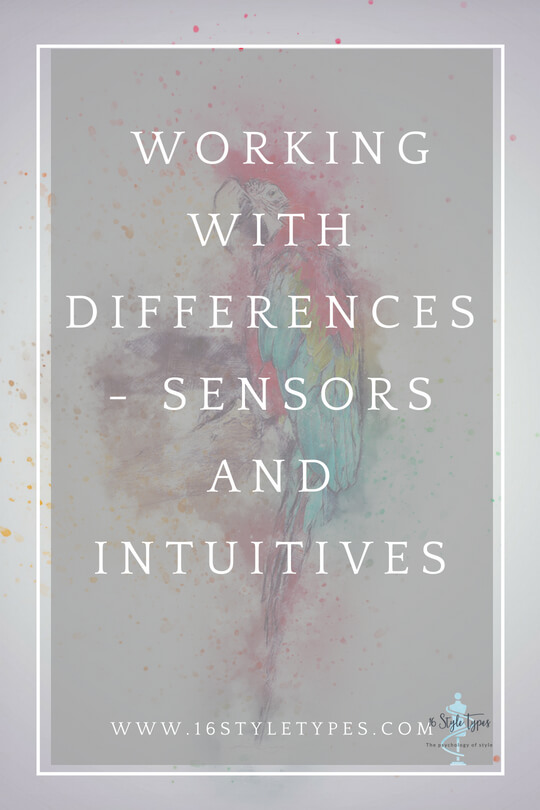
We All Have Gifts
There is no right or wrong when it comes to your Style Type, and there is no perfect or ideal Style Type. Each of the 16 Style Types is beautiful in its own way. If you are yet to discover your beautiful and unique Style Type, now is a wonderful time – start the journey of discovering your Style Type here.
